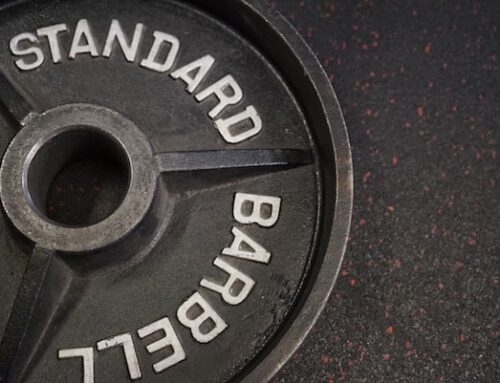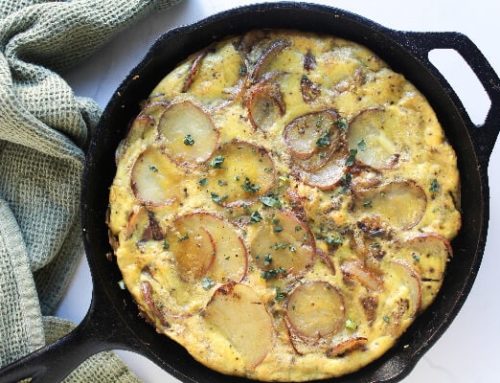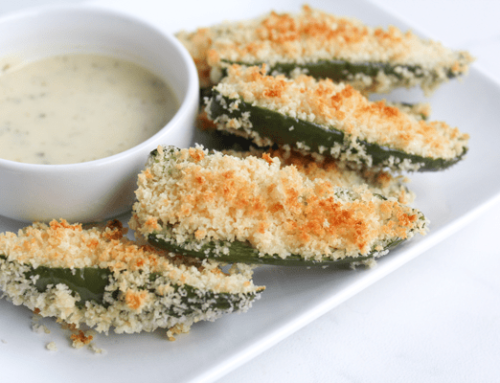I don’t know about you, but there is something about a female walking around with sculpted shoulders that makes her stand out from all the rest. So, how do we build sculpted shoulders of our own? A very thorough, balanced and consistent shoulder training regimen is what it takes!
The reason we have so much trouble building full, round shoulders is because of the complexity of the shoulders and everything attached to them. It is not as simple as shoulder presses and lateral raises twice per week.
Get To Know Your Delts
The shoulder or deltoids (a.k.a. delts) are made up of three joints, multiple tendons and ligaments and three heads: the anterior (front), lateral (side or medial) and posterior (rear). Not to mention there are many muscles beginning at or inserting into the shoulder joints.
Keeping the muscles and joints in the entire thoracic (upper) region of your body healthy is one of the most important keys to having potential for building muscle in your shoulders. For example, it would be impossible to move your shoulders without your chest muscles. Your major chest muscles (pectoralis major) are what powers your shoulder movements, along with keeping your arms attached to the body…which is pretty important. You can’t build shoulders if your arms aren’t connected.
A few other major movers in the shoulder movement category are your trapezius (moves your shoulder blades), rhomboids, infraspinatus (rotator cuff muscle) and lats (latissimus dorsi), amongst many others. Why are lats and other back muscles important to building shoulders? Your back muscles pull your shoulders back, keeping you from rolling your shoulders forward and hunching over. A big part of showing off your shoulders is standing confidently and showing off your structured shoulders – you can’t do that if you look like the Hunchback of Notre Dame.
The more overdeveloped a muscle group is, the tighter it is. So, if your chest is overdeveloped and your back is underdeveloped, your shoulders will naturally rotate forward. If your back and chest are developed equally, and kept healthy with foam rolling and recovery, your shoulders will “sit” balanced right on top where they belong.
Muscle Can Compensate For Genetics
The natural width of your shoulders is determined by your genetic bone structure. You can’t extend your collarbones to make your shoulders more broad – you can only build muscle to make your shoulders wider. Doing this will also create the illusion of a smaller waist, which is an extra bonus.
You want to make sure you consistently work ALL heads of the shoulders when you train. You also want to make sure you choose a mix of compound (multi-joint) exercises and isolation (single-joint) exercises within each training session. Variety is important, so don’t be scared to use both unilateral (one arm at a time) and bilateral (both arms) exercises and a mix of dumbbells, barbells, machines and cables.
Start With Compound Movements
Compound exercises will work all three heads of the shoulders, so I love starting off my shoulder training sessions there. Here are some of my favorite compound shoulder movements:
• Dumbbell Military Press
• Smith Machine Shoulder Press
• Arnold Dumbbell Press
TIP #1 – One thing to always keep in mind when you perform any of those three exercises is the position of your elbows during the movement. If your elbows are in front of your torso, you will be working mainly anterior (front) delts. Too much time like this and you are setting yourself up for major frustration a few months or years down the road when you still haven’t built much size to your medial delts. Keep the focus on placing your elbows directly out to the sides of your torso and the majority of the load will be placed on your medial and rear delts. Imagine being pinned between two walls and trying to press up the weight – the only way to move the weight up without hitting the wall in front of you is by keeping your elbows completely in line with your torso.
TIP #2 – Another tip is to NOT lock out your elbows at the top of these movements. As you raise your arms up, you will soon get to a point where your delts stop doing the majority of the work and your traps and triceps take over. I like keeping the tension on my delts throughout, so avoiding the lockout keeps my delts firing.
Get Detailed With Isolation Movements
After your compound exercises, you may work in isolation exercises to really get all the detail work in and focus on each individual head of your deltoids. Here are some of my favorite isolation shoulder movements:
• Single-Arm Lateral Raise Machine
• Bent Over (torso parallel to ground) Reverse Dumbbell Fly
• Barbell Front Raise
• Wide Grip Upright Barbell Rows
TIP # 3 – When performing isolation shoulder exercises, leave your ego out and don’t rush anything. Your reps should be slow and controlled (no momentum) and with a weight that allows you full control to practice perfect form throughout the entire set.
TIP #4 – Don’t forget to warm up! The worst thing you can do is jump into your shoulder workout without making sure you have full range of motion and no injuries.
For my full shoulder workout,






Leave A Comment
You must be logged in to post a comment.